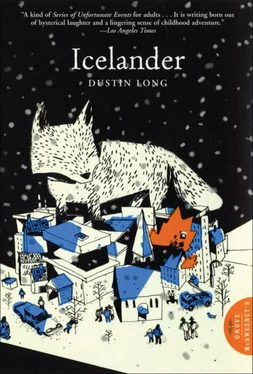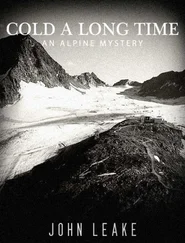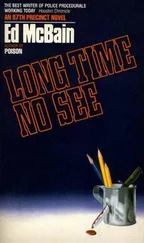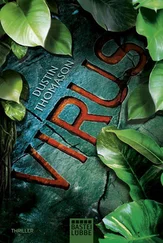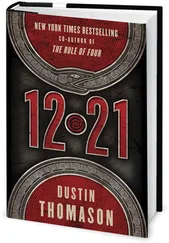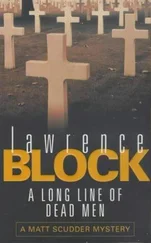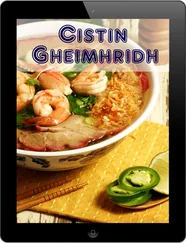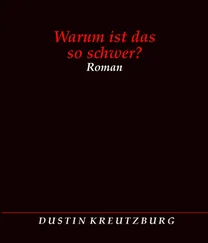This is the first of three semi-significant absences that I have located in the text (though there may be others that I have missed). I suspect that this one in particular is merely meant to make me wonder what happened to those supposedly precious pages.
See also Jon Ymirson’s translation of Lokasenna , “The Flyting of Loki.” The story related above is mentioned in one of the extended footnotes as an example of the way in which myths and legends of mainstream Norse mythology have been appropriated and recontextualized by the Vanatru. Lokasenna itself tells the tale of how Loki insulted all of the other gods and was consequently punished by being tied to a stone beneath the earth where a serpent hung above his head dripping venom. His wife sat at his side with a bowl in which to catch the venom, but whenever the bowl became full and she was forced to turn away to empty it, the venom would sting his eyes, and his thrashings at the pain would cause earthquakes.
!!
She needn’t belabor the point.
!!!
Dora, or Dara: A Family Romance , published in 1970, was one of the Master’s greatest novels prior to the Memoirs .
A potent and pungent tea (gaining popularity in topside Iceland, though it has yet to make a successful market-shift to the United States) can be made by boiling dried bits of ormolu lichen. Hubert Jorgen, during his extended stay among the Vanatru, was the first to chronicle this and the many other applications to which the remarkable lichen is put in Vanaheimic society: not excluding, of course, the details of its use in a multitude of tasty meals. Indeed, as nearly no other natural food-source is to be found anywhere in the vicinity of Vanaheim (save for the Arctic fox, which is sacred to the Refurserkir and therefore eaten only by their initiates), the ormolu lichen is something of a staple. Though its medicinal benefits have yet to be studied in any extensive detail, the lichen is undoubtedly a neural stimulant far superior to ginseng or gingko biloba, and the clarity of vision attained by a diet consisting solely of this marvelous manna-like substance was the direct source of Jorgen’s inspiration for his brilliant but doomed proposal of a rhizomatic replacement of the Dewey Decimal System. From an unpublished interview: “In Vanaheim, the World Tree of mainstream Norse mythology has been supplanted by the lichenous World Rhizome, binding the Nine Worlds together without hierarchy… just as familial relations, there, are also non-linear—or extensive, rather, along all possible lines of flight, each node bound to each other in an infinite skein of interconnections. Such is the library I envision; such is the library in my mind.”
Hubert Jorgen in conversation: “Forgery, I think, is perhaps the pinnacle of self-expression, paradoxical as it sounds. There’s a school of thought that says the more constraints put upon a piece of art—rhyme and meter, say, in the case of poetry, or photo-realism in the case of painting—the more impressive that artwork is if executed successfully. Well, what could be more constraining than forgery? And if you manage yet to express yourself within that rigorous framework, what, then, could be more impressive?”
The second of the three semi-significant absences that I noted earlier, I am confounded by the lack of any narrative description of what exactly Constance Lingus found at the top of the stairs. One must suppose that these are the pages on which she eventually based the famous article that made so many tasteless claims against the by-then recently deceased Valison. Which, even if it was based in any sort of fact, doesn’t make it any less tasteless.
Compare the initial lines of Valison’s The Fox in the Snow for an example of how the delivery of such simple information could be made elegant and compelling: “Snow has fallen until it can fall no more; the final few flakes settle into their heaps as exhausted clouds roll away in retreat—the overcast gray surrendering at last to night’s darkened blue—thus ending this war between the states of sky.” Yet such lack of artistic concern is perhaps appropriate, here, considering the sudden swerve of the text into the close first-person narration of Our Heroine, who always claimed to resent the “artificial means” through which Valison transformed her mother’s diaries into textual masterpieces. Yet even she must admit that art and artifice are inextricably linked.
This term is actually a title denoting the earthly avatar of the god Frey. Prescott only took on the anglicized version of the name upon his adoption by the Bean-Ymirsons.
Fair enough, for once.
Were this indeed Gerd’s project, what harm could have come from allowing its achievement? It would have been a victimless crime, if a crime it could be called at all. And how could anyone call it that when it would have done such a great good for such a great yet unheralded people? Is deception necessarily evil? I think not. I, at least, have nothing to be ashamed of.
Of course, I had a suspicion of my own that strongly paralleled these lines of thought, but I have since come to revise my opinion. This could not have been true. She must have written all of this just to torment me with the slight possibility that these are, indeed, the Master’s words. But I know better. Surt would not have questioned Jorgen’s loyalty (had Jorgen been in some way complicit in Surt’s hypothetical plot, that is—perhaps as Surt’s handpicked successor. But this is a fact that I am in no way suggesting) unless someone had misled him, poisoning his mind against Jorgen. But Surt would not be so easily fooled. Hubert Jorgen’s precautions must have been unnecessary—overkill. This cannot be the way it happened. I know this. Nothing can hurt me now.
Ha! Unless he was jealous. But, no, he would not be so petty.
Such coyness is one of the most infuriating aspects of this novel. That the Author would so strongly imply that Hubert Jorgen was somehow involved in the hypothetical forgery plot, tainting him with the guilt of the matter, yet refusing to commit wholly and describe the masterful skill—surpassing even that of Surt—with which Jorgen would have executed whatever part he might have played in such a plot had he been involved.
See Experts Texperts , Vol. 8 of the Memoirs .
As mentioned above, somewhere, the name “Freysgo∂” is actually a title of some religious significance to the Vanatru. The rite of ascension referred to here is the ceremony during which the ascendant, vernal Freysgo∂, at the age of puberty, takes the place in society of his father: the previous, autumnal Freysgo∂. This traditionally entails the ritual sacrifice of the father, but—as related in Volume 3 of The Memoirs of Emily Bean (the title of which I shall not give, as it verbally plays upon Our Heroine’s pseudonym, which is otherwise omitted from this text)—Prescott’s own ascension was disrupted by the untimely arrival of Our Heroine, and his father died of natural causes before the ritual could be resumed.
Actually a Viking battle-axe, a gift that Jorgen received from the Master himself.
Читать дальше
